Global maritime domain awareness and vessel analysis
ReleasesLearn about our latest improvements
Arming research analysts with hidden clues to their maritime domain
Global maritime domain awareness and vessel analysis
ReleasesLearn about our latest improvements
Arming research analysts with hidden clues to their maritime domain
Using AIS vessel data to develop real-time risk assessments for efficient and safe vessel inspections
Case Study · 1 February 2022 · 5 minute read
Automatically assessing the relative Covid-19 risk of vessels to help keep those working at our maritime border safe.
Problems are the inception of innovation and the Covid-19 crisis is a multifaceted global issue that continues to spur new ideas. In 2020 the team behind Starboard saw an opportunity for innovation by using their scientific expertise, long history of vessel movements and real-time vessel locations to support those working at New Zealand’s maritime borders during the pandemic.
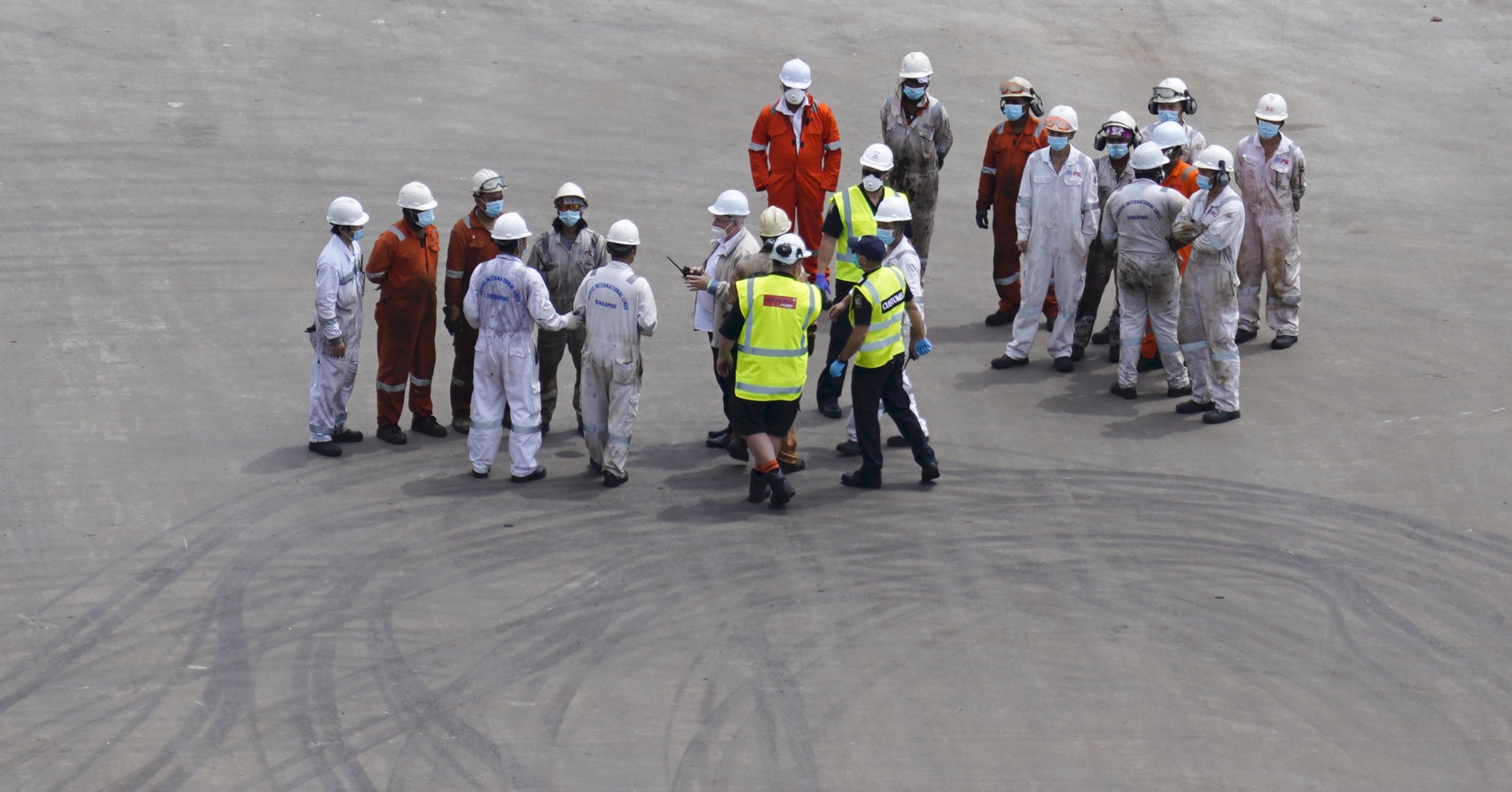
The crew of the Kota Bahagia, with New Zealand Customs Service staff and port workers, after evacuation due to a fire onboard their vessel. Source: John Cowpland/Alphapix
Funding from the Ministry of Business, Innovation and Employment (MBIE) Covid-19 Innovation Acceleration Fund supported the development and operationalisation of a Covid-19 risk model. The model assesses the relative risk of a vessel having Covid-19 onboard and is applied to all cargo and tanker vessels.
To develop the Covid-19 risk assessment model Dr Dave Kelbe, a scientist for Starboard, worked in collaboration with epidemiologists Professor Nick Wilson and Professor Michael Baker from the University of Otago.
The model was created and operationalised in just four months.
| How does the Covid-19 model work? | The relative Covid-19 risk of each vessel arriving in Aotearoa is assessed using an epidemiological model that mathematically estimates likely contagion scenarios based on a vessel’s travel history. Our model is based on the work of public health experts Wilson et al. 1 and is derived from a stochastic version of the compartmental CovidSIM model 2. The model is populated with parameters for SARS-CoV-2 transmission, historical infection rates across the globe, and shipping characteristics for each vessel. Historical infection rates at the time the vessel was in port for each previous port country are obtained from Johns Hopkins University 3. Due to the very high probability of zero infected crew members being produced by the model, the simulation is repeated half a million times for each vessel. By taking the average outcome over these simulations, we can approximate the most likely scenario, i.e. the average number of infected crew. |
An operational model displayed in Starboard’s geospatial user interface
The output is an assessment of high, medium and low relative risk, which is displayed in Starboard and updated daily. Inspection teams can view vessels arriving on the map as well as an analysis list showing relative Covid-19 risk, last port of call, and estimated time and place of arrival.
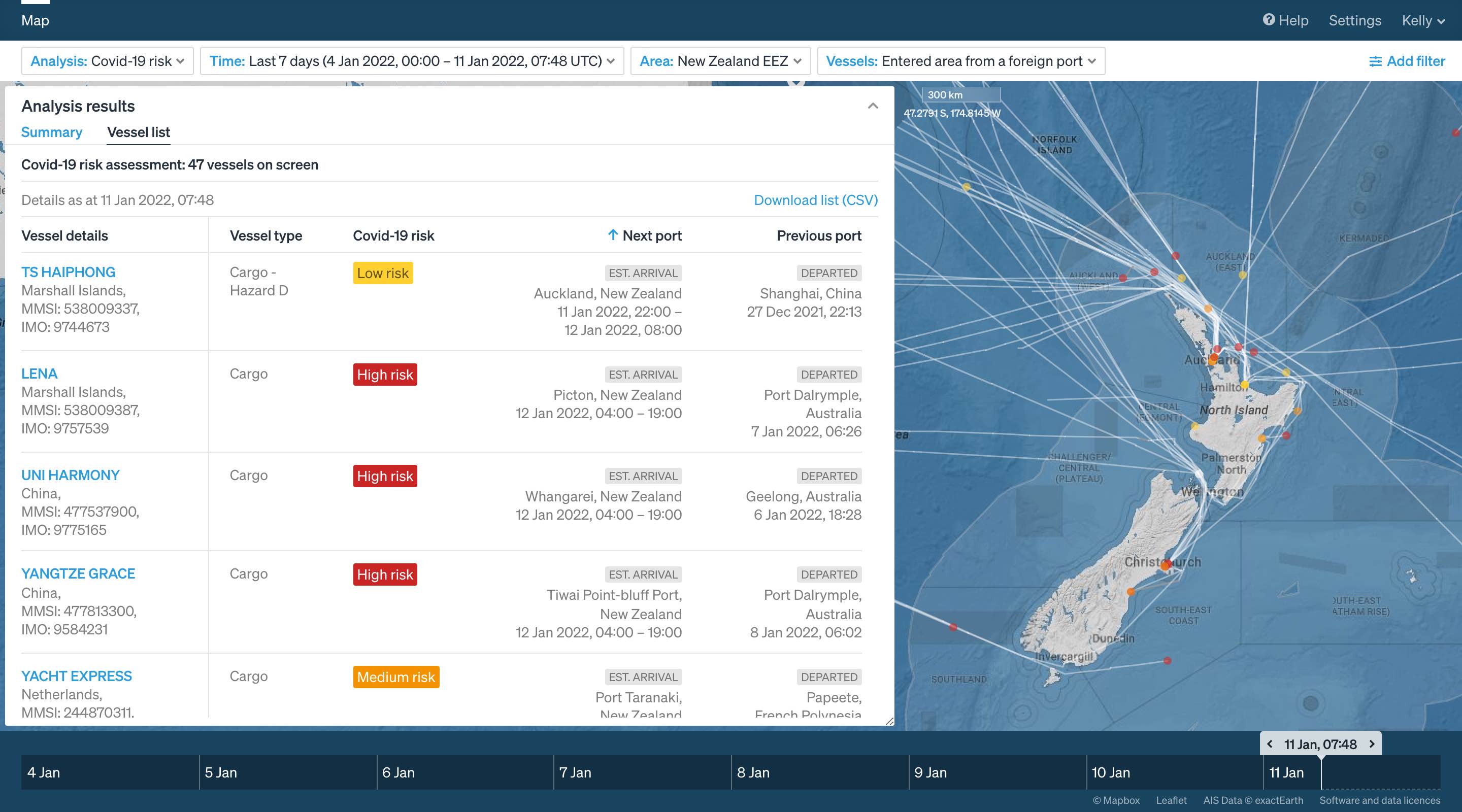
Map view of all approaching vessels and their relative Covid-19 risk rating—overlaid with a downloadable vessel list.
The vessels are displayed in real-time and Starboard is accessible from any device with an internet connection, supporting front line staff who need information about arriving vessels and their relative Covid-19 risk rating.
The Covid-19 model and its development process is an example of the types of vessel risk assessments that can be co-developed with the Starboard team of remote sensing and data scientists, designers, and engineers. It is important that models can be operationalised and the team have found the best way to do this is by including industry experts and users throughout the co-development process.
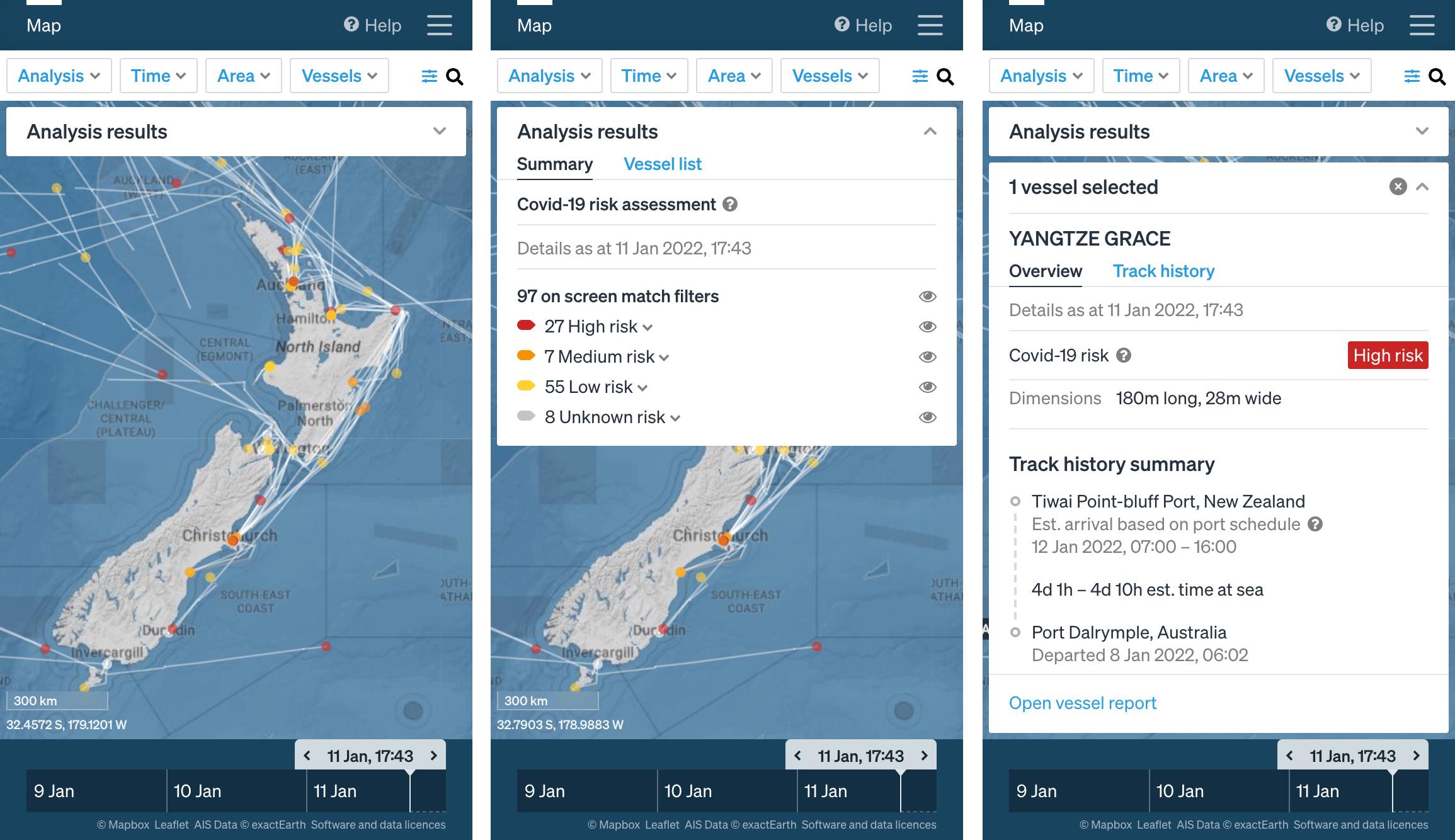
Examples of the Covid-19 model being accessed on a mobile device.
| Can risk models be extended to include additional data sources? | Yes — alongside Starboard’s AIS (Automatic Identification System) data the current Covid-19 risk model also includes both dynamic data from Johns Hopkins University and fixed parameters from scientific research. We do not currently consider crew change information or when an international crew boards a vessel in New Zealand. This would provide additional input to improve risk assessment and we are looking at incorporating these additional features as the data becomes available. |
Kota Bahagia on fire—Using the model in an emergency response situation
One notable use of the model occurred shortly after it launched into production. A fire broke out aboard the Kota Bahagia on the 18th of December 2020 whilst it was in the Napier Port.
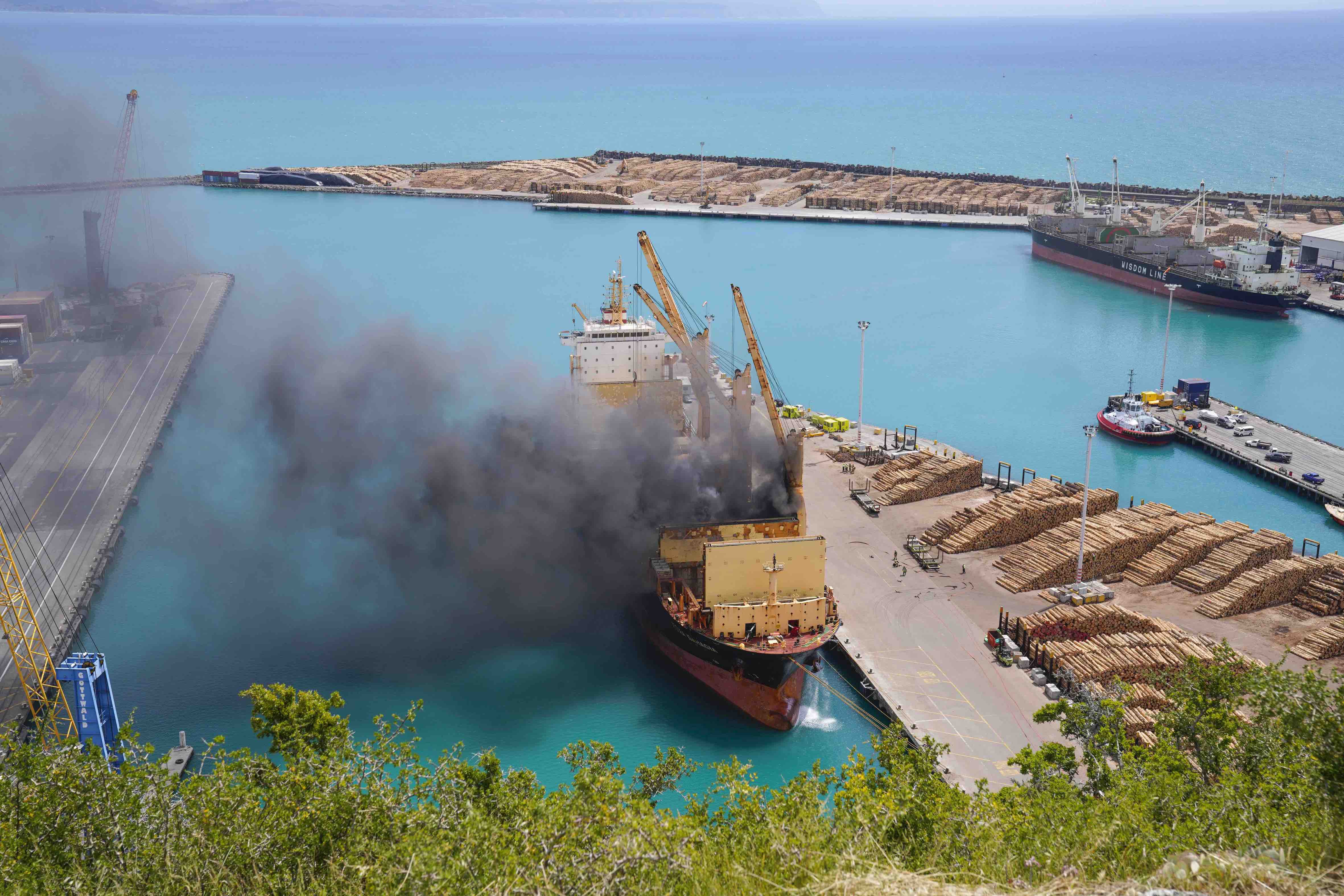
Fire onboard Kota Bahagia in Napier port. Source: John Cowpland/Alphapix
The ship’s crew were in quarantine onboard the ship at the time of the fire and required evacuation. Emergency response was required from 12 fire crews to get the blaze under control, while the health protection team, fire and emergency team, port staff and New Zealand Customs Service staff were all involved in mitigating the potential health risk due to contact with the vessel and crew.
The Transport Accident Investigation Commission (TAIC) contacted the team at Starboard as the fire was in progress. They had recently been shown a demonstration of Starboard and knew it had the potential to instantly help in a situation like this. The team were given access and were able to quickly look up the Kota Bahagia in Starboard.
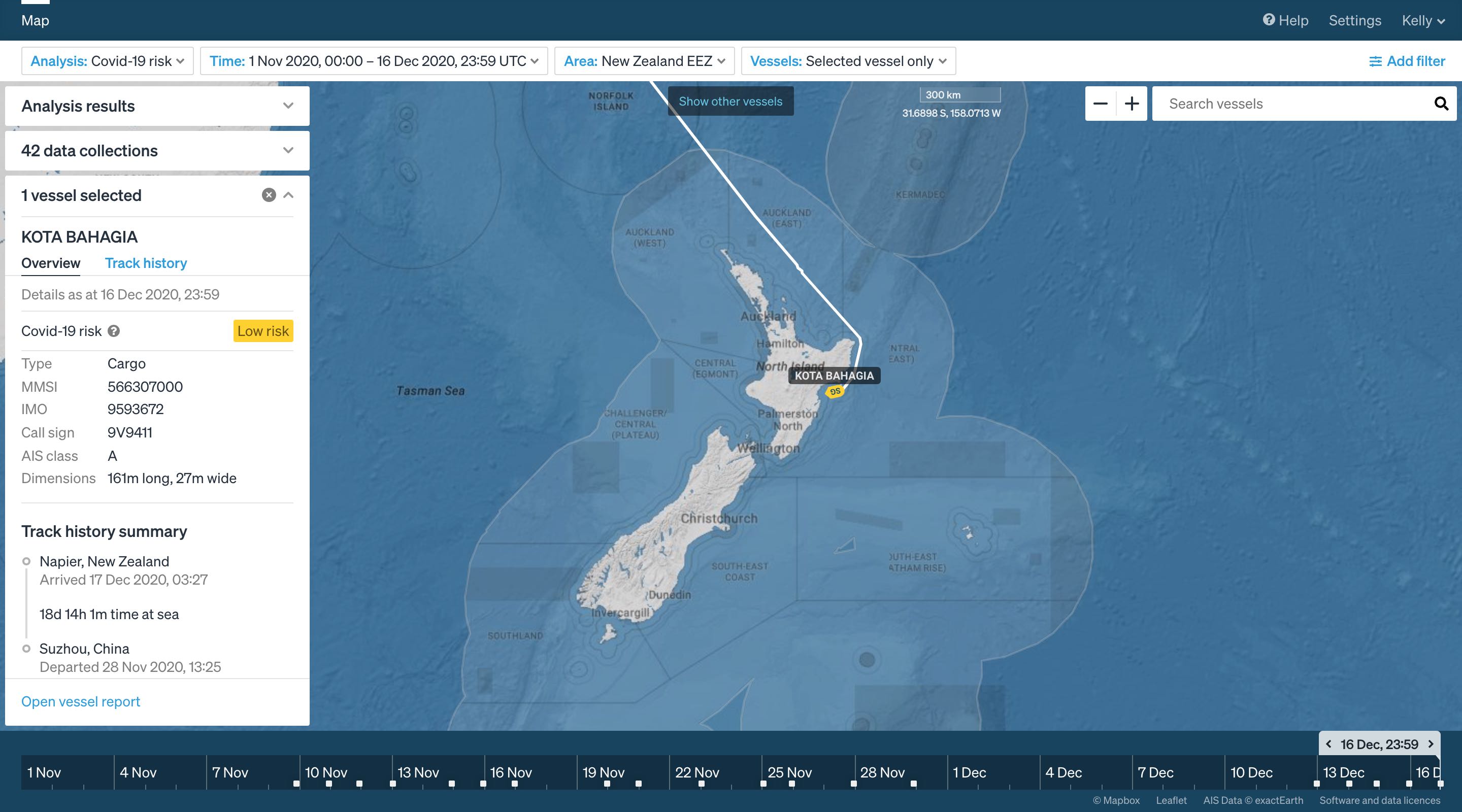
Risk assessment for Kota Bahagia and vessel’s history.
Starboard provided the risk assessment of the vessel as low risk and the Kota Bahagia’s travel history. This meant the team could have confidence that the Covid-19 infection risk to the emergency responders was low. Following the incident the entire crew tested negative for Covid-19.
TAIC analysts were pleased with the outcome, letting the team at Starboard know that their “data has been really helpful, especially for the identification of the ship’s Covid risk in this case”.
Risk models that reduce cost and improve both the quality and safety of vessel inspections
Prior to the Omnicron strain of Covid-19, Aotearoa and several of the Pacific island’s management of Covid-19 included an elimination strategy and border closures.
The relative Covid-19 risk model was removed from Starboard in November 2022 reflecting that these strategies and restrictions have largely been removed for most countries in the Pacific.
However, Starboard continues to develop its risk assessment of vessels to navigate the chaos of maritime data and highlight the activity and vessels that matter to you. Risk models combine the data available in Starboard with appropriate external data sources, data science and modelling. The focus is on providing operational efficiency to analysts—allowing them to better prioritise and manage inspections.
We have seen our clients benefit from this through cost saving, enhanced effectiveness of inspections and improved safety for teams working with vessels.
References
- Wilson, N, Blakely, T, Baker, MG, Eichner, M. Estimating the risk of outbreaks of Covid-19 associated with shore leave by merchant ship crews: simulation studies for New Zealand. The New Zealand Medical Journal (Online). 2021 Feb 5; 134(1529): 26-38.
- Schneider, K, Ngwa, GA, Schwehm, M, Eichner, L, Eichner, M. The COVID-19 Pandemic Preparedness Simulation Tool: CovidSIM. BMC infectious diseases. 2020 Dec. 20(1):1-1.
- Dong E, Du H, Gardner L. An interactive web-based dashboard to track Covid-19 in real time. Lancet Infectious Diseases. 2020 May 1; 20(5):533-534. doi: 10.1016/S1473-3099(20)30120-1.
Get a demo
Read more
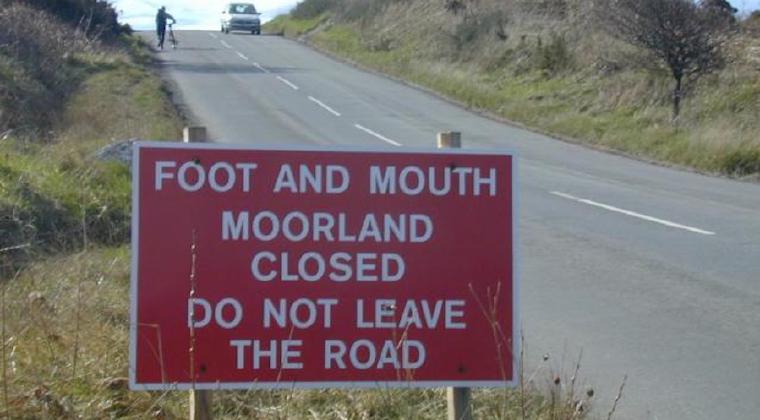
CUSTOMER CASE STUDY
Flagging vessels with heightened risks, such as foot and mouth disease, supports the planning and processes for border teams
Read case study →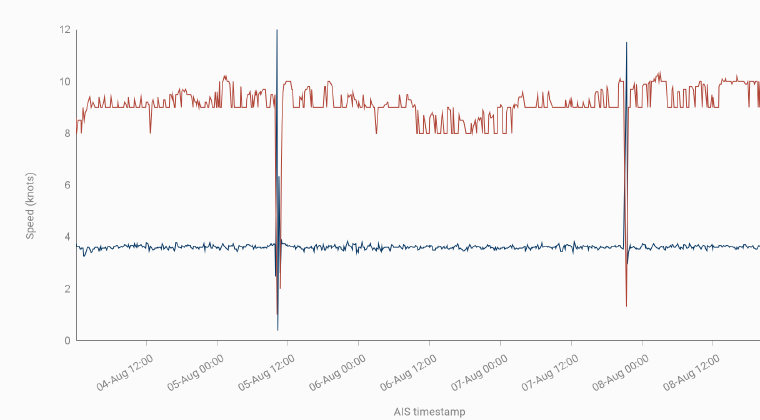
CASE STUDY
Amongst the millions of ship positions, how can we find movements that are not normal? How can we find anomalous movements leading to the discovery of vessels that might be noteworthy and need further investigation?
Read case study →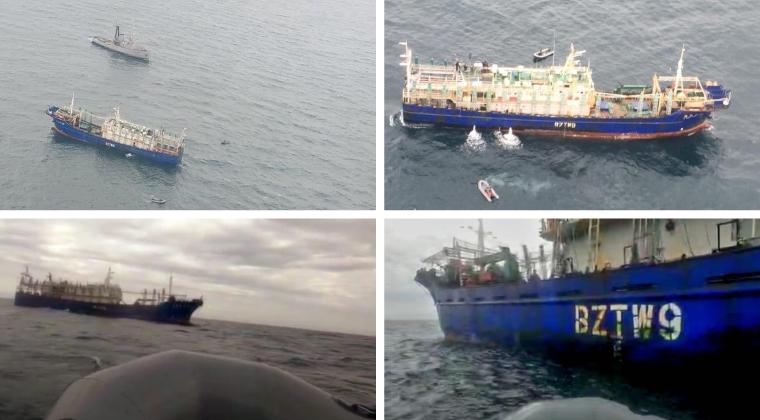
CUSTOMER CASE STUDY
Sabina Goldaracena is a custodian of the South West Atlantic maritime domain. She connects the clues in her investigations, uncovers hidden activity and works towards transparency by sharing her stories.
Read case study →